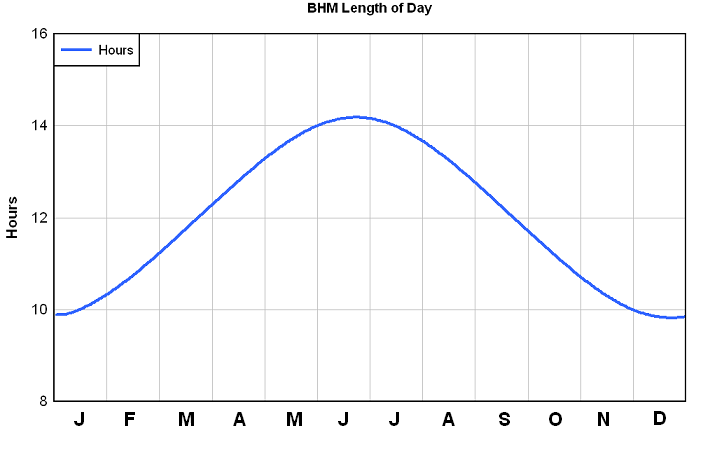

December is the dullest month, with an average daily sunshine ranging from about 1 hour in the north to almost 2 hours in the extreme southeast. The extreme southeast gets most sunshine, averaging over 7 hours a day in early summer. During these months, sunshine duration averages between 5 and 6.5 hours per day over most of the country. Ireland normally gets between 11 hours of sunshine each year. Peer-reviewed journal articles by Met Éireann staff members Calculated on a next-day basis for dozens of cities across the United States, the UV Index takes into account clouds and other local conditions that affect the amount of UV radiation reaching the ground in different parts of the country.Past Weather Agrometeorological Bulletins

The Index predicts UV intensity levels on a scale of 1 to 11+, where 1 indicates a minimal risk of overexposure and 11+ means a very high risk.

The UV Index provides a daily forecast of the expected risk of overexposure to the sun. The UV Index provides important information to help you plan your outdoor activities to prevent overexposure to the sun's rays. Overexposure to the sun's UV radiation can cause immediate effects such as sunburn and long-term problems such as skin cancer and cataracts. Some exposure to sunlight can be enjoyable however, too much could be dangerous. The Web site will also display a UV Alert when the level of solar UV radiation is predicted to be unusually high, and consequently the risk of overexposure is greater. Several fact sheets explain the UV Index and steps you can take to minimize the risks from overexposure to the sun's rays. The UV Index predicts the ultraviolet radiation levels on a 1-11+ scale, helping people determine appropriate sun-protective behaviors. Ozone depletion, as well as seasonal and weather variations, cause different amounts of UV radiation to reach the Earth at any given time. The ozone layer shields the Earth from harmful ultraviolet (UV) radiation.


 0 kommentar(er)
0 kommentar(er)
